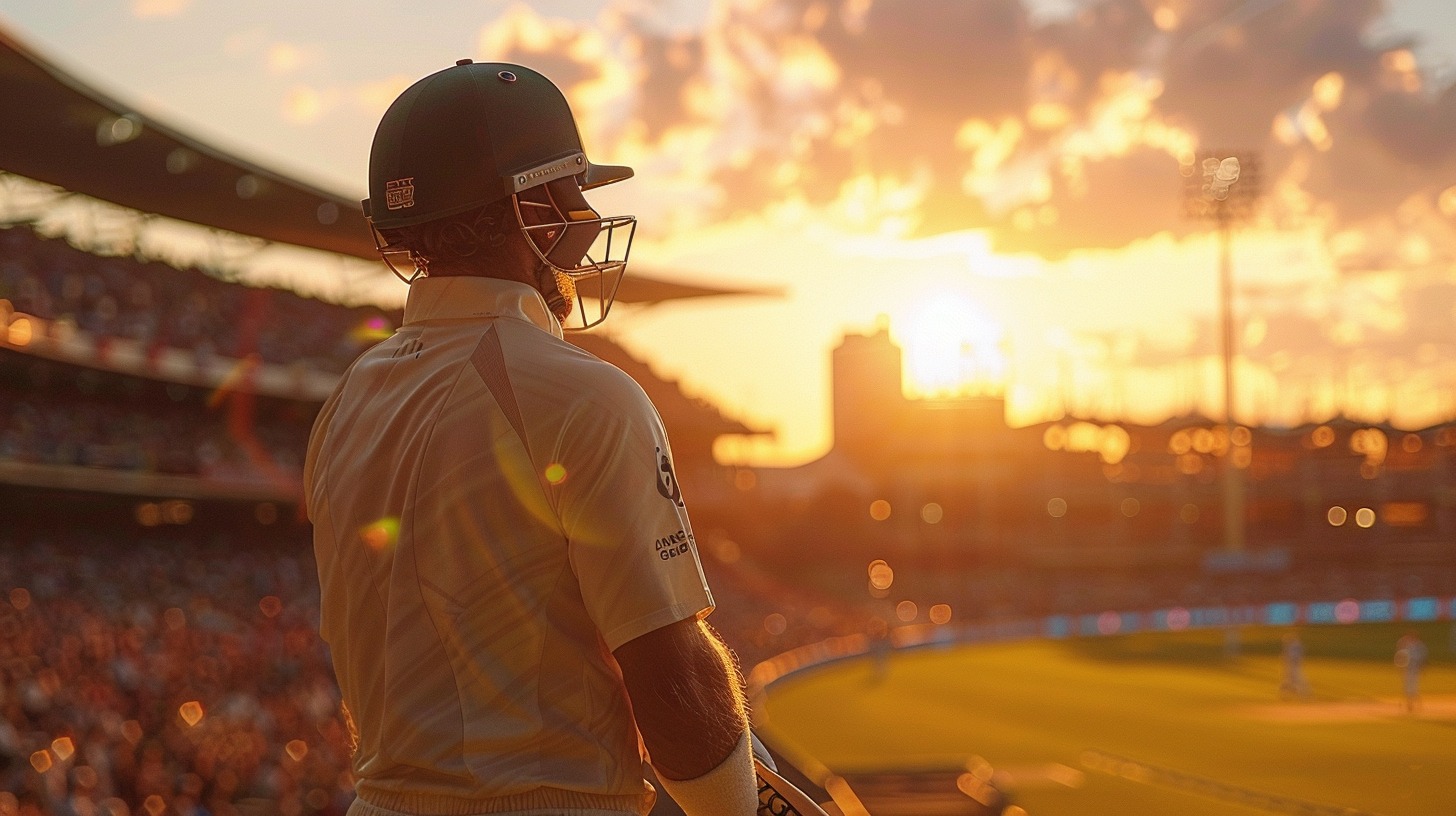Cricket equipment encompasses a range of specialized gear and accessories essential for cricket players. Cricket, a bat-and-ball game, is contested by two teams of eleven. Key pieces of equipment include the cricket bat, cricket ball, and stumps. Players also don protective gear such as helmets, pads, gloves, and thigh guards to safeguard against high-speed deliveries from the opposition. Fielders use gloves to catch the ball, while the wicketkeeper employs additional protection when positioned behind the stumps.
Cricket’s global appeal and cultural significance drive the growth of the cricket today equipment market. Global competitions like the ICC Cricket World Cup and T20 leagues, especially the IPL, boost interest. Fans and enthusiasts are increasingly purchasing high-quality gear, including bats, balls, protective equipment, and apparel. Cricket’s expansion into new regions and grassroots programs further fuel demand, creating a vibrant market for manufacturers, retailers, and consumers.
The growing fan base for cricket teams and players drives the cricket equipment market’s growth. Increased fan engagement, fueled by international events, regional leagues, social media, and cricket SA fixtures, leads fans to seek gear endorsed by their favorite cricketers. This enthusiasm, supported by strong marketing and cricketers’ influence as brand ambassadors, boosts demand for cricket gear like bats, gloves, pads, and apparel. This dynamic relationship not only increases sales but also shapes the innovation and development of cricket equipment.
The high cost of premium cricket equipment, due to advanced materials and technology, limits market growth by making it unaffordable for many enthusiasts and players, especially in emerging markets. Efforts to reduce production costs and introduce affordable entry-level products could help expand the market and boost engagement in the cricket equipment sector.
Limited awareness of cricket in non-cricket-playing countries hinders market expansion. While popular in South Asia, Australia, England, and the Caribbean, cricket remains obscure elsewhere, reducing equipment demand. Overcoming this requires targeted marketing, promotional events, and collaborations with regional sports organizations and educational institutions to raise awareness and expand the market globally.

Investing in youth and grassroots cricket development can drive market growth by nurturing new fans and increasing demand for equipment. By creating youth-specific gear and promoting participation through school programs, local leagues, and coaching institutes, the industry can expand its consumer base and enhance cricket’s global appeal for the younger generation.
Segmental Overview
The cricket equipment market is segmented into product type, price point, distribution channel, and region. Relying on product type, the market is segregated into bats, balls, protective gear, and others. On the basis of price point, it is fragmented into economical, medium, and high. By distribution channel, it is categorized into hypermarkets/supermarkets, sports retail stores, branded outlets, and others.
By Type
According to the cricket equipment market, on the basis of type, the bats segment dominated the market in 2022 and is expected to defeat the market during the forecast period. The bat is an essential instrument in a cricketer’s playing kit, and the requirement for high-quality bats is continuously strong among players all over the world.
The bat market is driven by technological improvements, with manufacturers always innovating to improve efficiency, reliability, and player comfort. Furthermore, professional players’ choices and endorsements influence customer choices, increasing the popularity of certain bat types.
